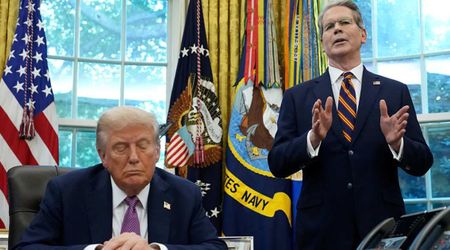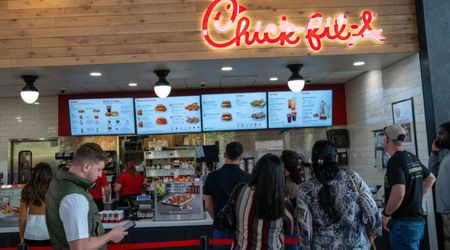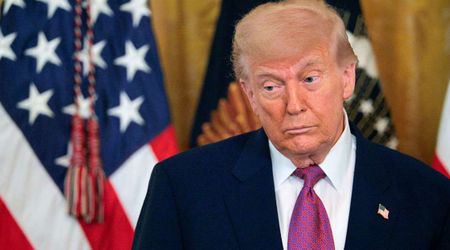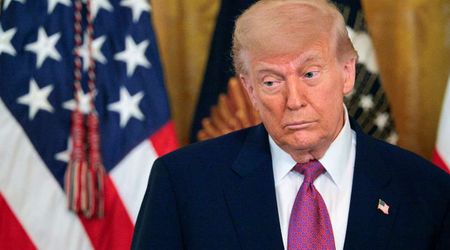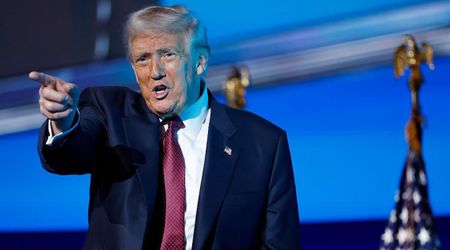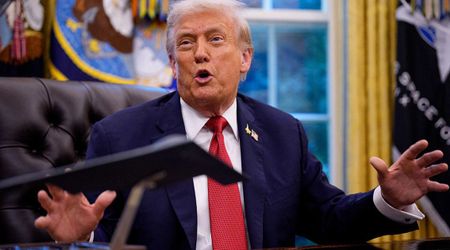Why Portland State University Is Facing International Student Enrolment Challenges

Portland State University, mainly known in Oregon, unexpectedly drew attention from thousands of miles away in places like India and Bangladesh. Although it's a local-focused public university, it started getting numerous applications from international students, which was a pleasant surprise for the university leaders. Full-paying international students are crucial for meeting enrolment goals. In 2023, the university accepted 46 students from India and Bangladesh, receiving deposits from 20 of them. However, when the semester began in September, only three of those students actually enrolled, creating a significant gap between expected and actual enrollment, per Inside Higher Ed.

Admission counselor raises concerns
Lindsay Stamsos, an international admission counselor at Portland State, raised concerns about international students not enrolling for classes, prompting a thorough review revealing potential fraud in approximately 65% of applications from India and Bangladesh, and 14% of all international applications.
These fraudulent applications featuring real names with false details or fabricated identities indicate a troubling trend. Stamsos attributes this to questionable recruiting agents expediting visa processes, reflecting a broader shift in the international student market towards South Asia.
Recent data from the Institute for International Education highlights India as the primary recruitment market for U.S. colleges at both undergraduate and graduate levels, marking a departure from traditional recruitment from China. Other emerging source countries include Bangladesh, Nepal, Nigeria, and Ghana.

Shifting dynamics in international student recruitment
The shift in international student recruitment towards South Asia poses new challenges for smaller institutions, especially concerning visa systems more susceptible to corruption and less equipped to handle high volumes of student documents compared to systems in China or many European countries. Clay Harmon, the incoming director of AIRC, acknowledges the growing opportunities for manipulation within this evolving landscape.
Smaller institutions face a significant challenge as fraudulent activities in international enrollment become prevalent, affecting their ability to handle the influx of deceptive applications. Limited resources strain small teams tasked with identifying fraud, posing financial challenges and undermining the credibility of their international departments, creating a detrimental situation for these institutions.
Fraudulent applications
Smaller institutions face challenges as international recruiters in India and Bangladesh vie for limited slots in U.S. student visa waiting lines, which can stretch over a year. In winter 2023, wait times peaked at 247 days in Dhaka, 254 days in New Delhi, and 220 days in Kathmandu. This scarcity has given rise to exploitation, with recruiters submitting fake applications to U.S. colleges to secure a nonimmigrant I-20 visa and move up the waiting list. They then sell these appointments to genuine individuals looking to expedite the process, leading to an influx of dropout and transfer emails right before classes start.
Despite awareness of these issues, smaller institutions often lack the resources for thorough forensic work to identify and address fraudulent applications. This challenge echoes concerns faced by colleges in other countries that have become primary destinations for South Asian international students.

Cleveland state's struggle with international students
Smaller institutions, such as Cleveland State University, confront a unique challenge with international student "transfer-outs." Despite limited international resources, the university faces issues, particularly with Indian students who enroll but later transfer to institutions offering more favorable part-time work visa policies. Approximately one-third of Indian students admitted since the 2018 partnership with Shorelight Recruitment transfer out with 20% never attending classes.
The suspicion arises that some exploit the day-one Curricular Practical Training (CPT) loophole to navigate the H-1B visa process for long-term residency. These challenges prompt discussions at conferences like the AIRC, reflecting efforts to collaborate with the government for clearer regulations aligning policies with the original intentions of the student visa.
Challenges faced by smaller institutions
Smaller institutions, like their larger counterparts, are grappling with the widespread concerns surrounding student visas. The challenges discussed in meetings like the one held by the Department of Homeland Security’s Student and Exchange Visitor Program in Seattle are not exclusive to bigger universities. Lindsay Stamsos estimates that approximately 75% of institutions, including smaller ones, are facing similar issues. Amanda Fletcher's experience at Edmonds College in Seattle highlights the impact of student visa complications, emphasizing that the phenomenon is felt across different types of institutions, regardless of their size. The need for stronger certification standards for international recruiting agencies, as suggested by Clay Harmon, is pertinent for institutions of all sizes to navigate this evolving landscape.


